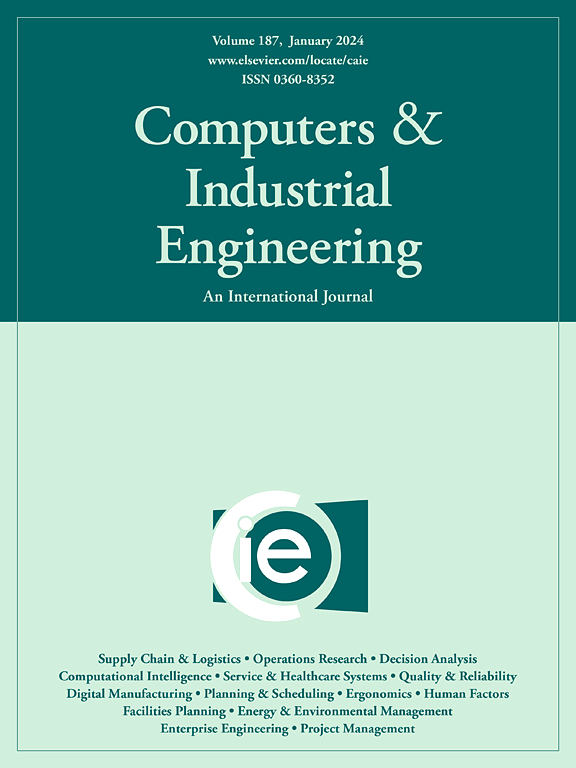Two-phase optimization modelling with swarm computation and biomimetic intelligence learning for neural network training
IF 6.7
1区 工程技术
Q1 COMPUTER SCIENCE, INTERDISCIPLINARY APPLICATIONS
引用次数: 0
Abstract
This study aims to enhance the tuning efficiency of radial basis function neural network (RNt) through the self-organized map (SOM) neural network (SOMnt) mode and several swarm intelligence (SI) algorithms. Next, ant colony optimization (ACO)-inspired approach and artificial immune system (AIS)-inspired approaches is integrated into the integration of ACO-inspired and AIS-inspired approaches (IACI) algorithm, which is then applied to RNt for modulation. The proposed two-phase hybrid of SOMnt mode and IACI algorithm (HSACI) method, offers diversity and incorporates intensive solutions to achieve optimized explication. The population variety characteristic demonstrates a higher success rate in reaching global extreme values in the five nonlinear function problems, replacing restricted local extreme values. The verification results indicate that the combination of SOMnt mode, ACO-inspired, and AIS-inspired approaches is a distinctive method and accordingly a two-phase HSACI method is proposed, which is capable to adjust to the best precision among relevant algorithms in this paper. The method is then evaluated on five nonlinear function problems as well as the results from an actual laptop demand forecasting exercise in Taiwan. The results demonstrate that the proposed two-phase HSACI method outperforms the relevant algorithms and the Box-Jenkins models in term of precision.
求助全文
约1分钟内获得全文
求助全文
来源期刊

Computers & Industrial Engineering
工程技术-工程:工业
CiteScore
12.70
自引率
12.70%
发文量
794
审稿时长
10.6 months
期刊介绍:
Computers & Industrial Engineering (CAIE) is dedicated to researchers, educators, and practitioners in industrial engineering and related fields. Pioneering the integration of computers in research, education, and practice, industrial engineering has evolved to make computers and electronic communication integral to its domain. CAIE publishes original contributions focusing on the development of novel computerized methodologies to address industrial engineering problems. It also highlights the applications of these methodologies to issues within the broader industrial engineering and associated communities. The journal actively encourages submissions that push the boundaries of fundamental theories and concepts in industrial engineering techniques.
 求助内容:
求助内容: 应助结果提醒方式:
应助结果提醒方式:


